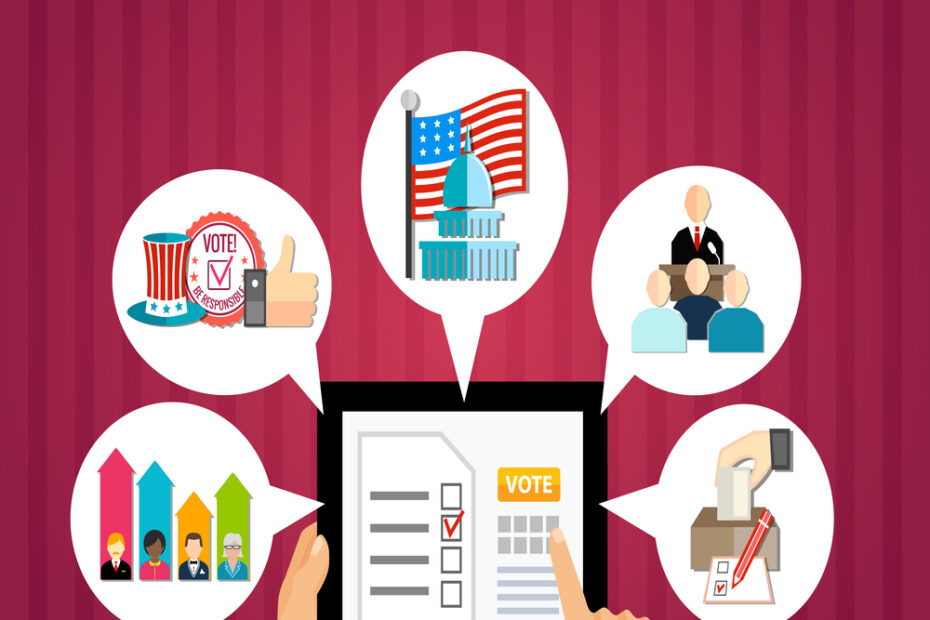Everything you should know about SVEEP
Systematic Voter Education and Electoral Participation is known as SVEEP. It is an initiative started by the Indian Election Commission. The key objectives of the initiative are to urge voters to cast their voter IDs in elections and to inform and teach people about the significance of voting. With SVEEP, the Indian Election Commission seeks to increase participation in Indian democracy. Its design is based on the state’s economic and demographic details.
Before it was given the name SVEEP, SVEEP was once only a tiny IEC activity. In 2010, the initiative was formally formed and given a name. Over 17 General Elections were covered between 2009 and 2013 in this phase.
SVEEP’s goals
The SVEEP’s aims are listed below.
- Voter registration and engagement increase due to education about the significance of voting.
- Increasing voter participation will result in more ethical and informed elections.
- Regular education on Indian democracy and the election process.
The SVEEP management structure
Since it began operations six years ago, SVEEP has expanded and contributed significantly to the rise in voter registration over time. To support the nation’s democracy, the programme adheres to an organized structure for management.
National Level
At the national level, the Electoral Commission of India’s SVEEP division creates the framework, policies, and interventions, ensuring that the policies are implemented. It also emphasises teaching the nation’s population about democracy and the value of voting.
State level
The SVEEP initiative is to be overseen by an officer in each State CEO’s office. A core committee made up of individuals from universities, young groups, educational establishments, and civil society organisations ensures that volunteers for voting will be present.
District level
The district’s administrative chief is in charge of overseeing elections at the district level. The District Election Officer who oversees the SVEEP program’s implementation at the district level is usually the district collector. At the district level, an SVEEP committee is established, which is led by the chief executive of the zilla parishad as well as the chief development officer.
Booth level
In 2006, the ECI established the position of Booth Level officers. These officials are in charge of maintaining the voter list and often oversee one or two polling places.
SVEEP Method
The many processes and the several subprocesses are listed below.
Planning
The process of creating the National Framework Plan
- Creating state-based SVEEP strategies based on state-level deficiencies
- SVEEP district plans that are based on district-level gaps are being created.
- Creating the process for monitoring, feedback, and assessment
- Resource distribution
- Producing content for artists
- Calendar of events
Preparation
- SVEEP Core Committee Formation at the State and District Levels
- Nominal officials are appointed at these levels.
- Training the Officers
- Survey-based situation analysis for gap analysis in certain regions
- Investigation of the gender gap
- Examination of the registration gap
- Analysis of turnout disparities
- Examining the causes of juvenile disengagement
- Identifying the neighbourhoods and groups with the lowest participation rates and examining the causes of this low participation.
Collaborations and Partnerships
- Specific state universities
- Other institutes of higher learning
- Organisations for youth
- Government agency
- Media Sources
- Corporate entities and PSUs Volunteers individually volunteer for groups.
- Famous people who are designated as icons at the national and state implementation levels
- Precisely targeted treatments for the designated target group
- Measures to Close the gender gap
- Interventions to address the disconnect among youth
- Intervention to combat indifference in cities
National Voters’ Day
The Election Commission of India started the custom of observing National Voters’ Day in 2011. The holiday, which is observed on January 25, is regarded as one of the best SVEEP initiatives because it aims to increase voter registration in the nation.
Facilitation of voting
To guarantee voter facilitation, SVEEP has taken a number of steps. Some of the steps the committee took to simplify each vote procedure are listed below.
Assistance with registration
- Online registration is accessible on the CEO’s website or the official ECI web page.
- An SMS-based service has been set up for finding names and polling places on the CEO’s webpage and the electoral roll.
- The organisation hosts unique registration camps.
Facilitating voter participation
- Most regions have increased polling hours to 11 hours to make voting easier.
- Each polling place is equipped with very minimal amenities, including drinking water, ramps, and bathrooms.
- Separate voting lines for men and women
- At the polls, preference is given to the elderly and physically disabled in order to present additional services at model polling stations.
SVEEP-related events
The list of physical events and activities that SVEEP organised to inspire and mobilise voters is shown below.
- Drawing contests, election debates
- Voter registration processes in educational institutions
- Contests for rural women in folk and local art
- Contests for songwriting and music in public spaces to attract the attention of youngsters
